Hawaiian language partnership grows cultural connections old and new
Share
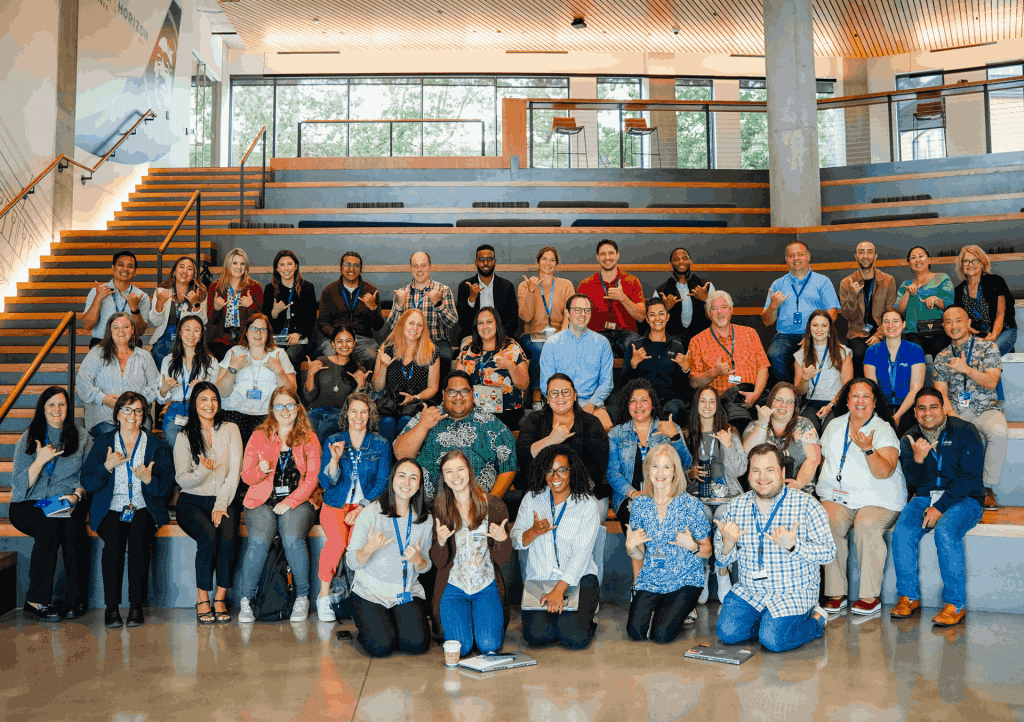
Summary
Kahanuola Solatorio recently taught beginning ʻŌlelo Hawaiʻi classes in Seattle, including two sessions for Alaska employees.
Nearly 200 team members from Alaska’s corporate headquarters and online participated, learning the Hawaiian alphabet, pronunciation tips, and key phrases.
On a sunny Saturday last weekend in Seattle, the air buzzed with anticipation as participants in Kahanuola Solatorio’s beginning ʻŌlelo Hawaiʻi (Hawaiian language) class exchanged introductions.
Melodic vowels could be heard from the group saying aloud the phrase, “Nohea mai ʻoe?”
In English, this question goes beyond its simple translation of “Where are you from?” It touches on something deeper, inviting each person to reflect on their family roots and ancestral home, connecting them to a sense of place and heritage.
For many Native Hawaiians, the question of “where are you from?” has become increasingly complex. In 2020, the U.S. Census revealed that, for the first time, more Native Hawaiians live outside of Hawaiʻi than within the state. This shift reflects a decades-long trend of families relocating to the continental U.S. as the cost of living in the islands continues to rise.
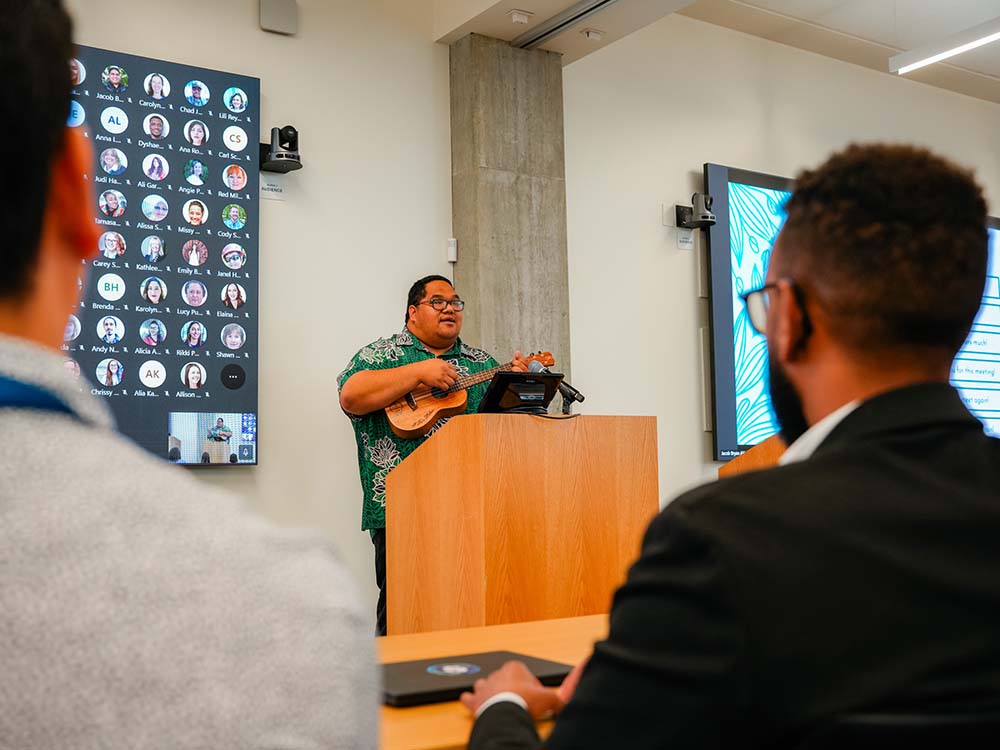
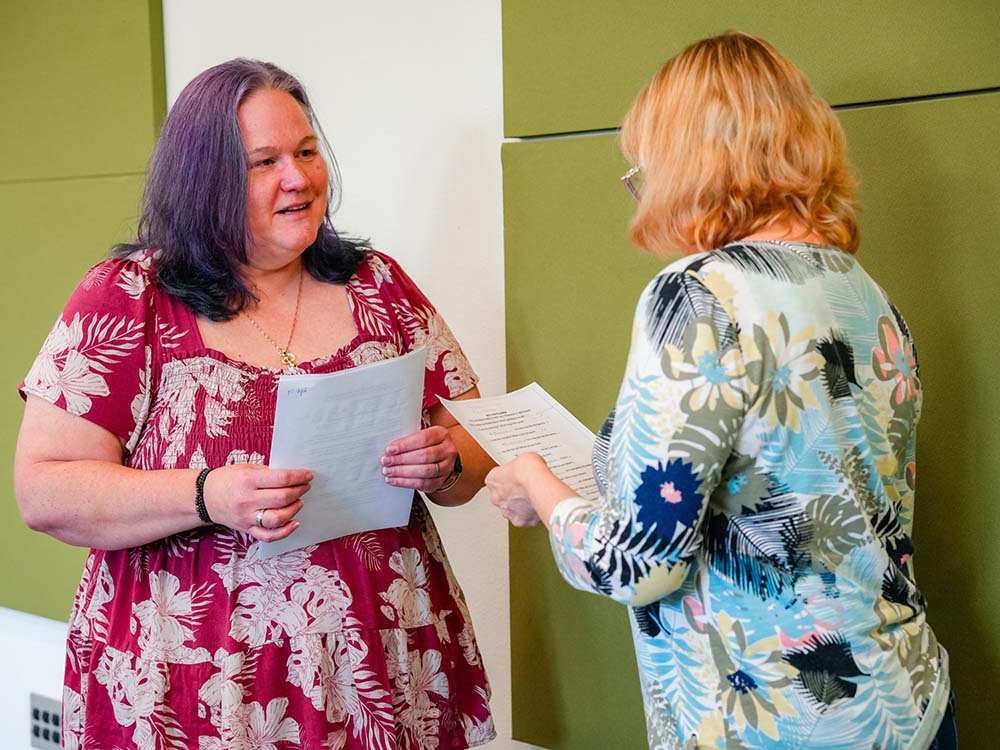
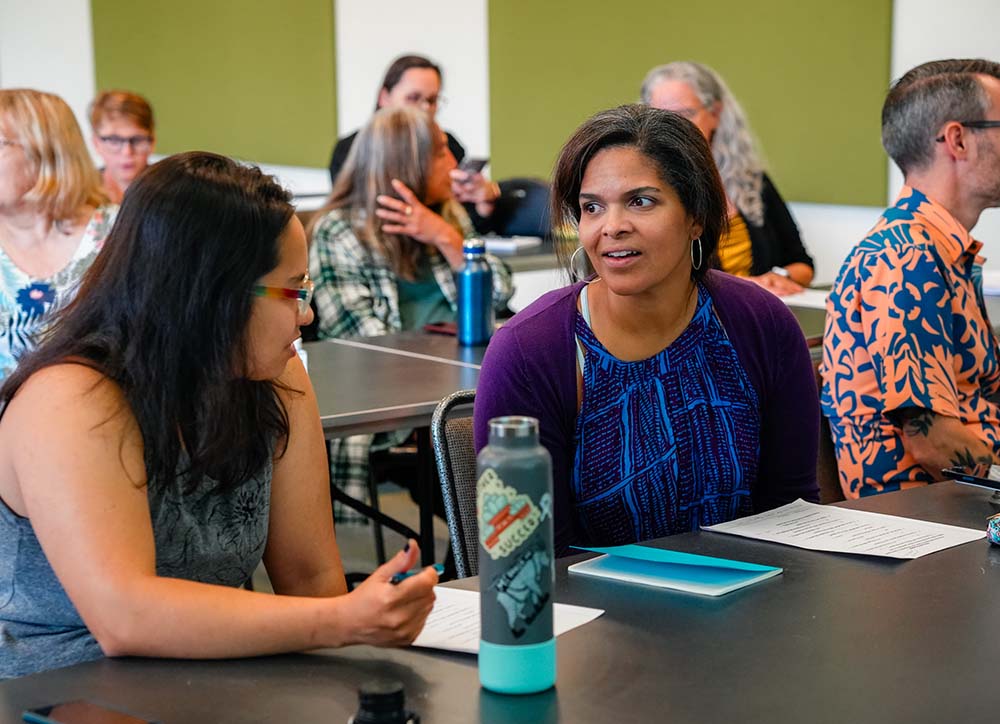
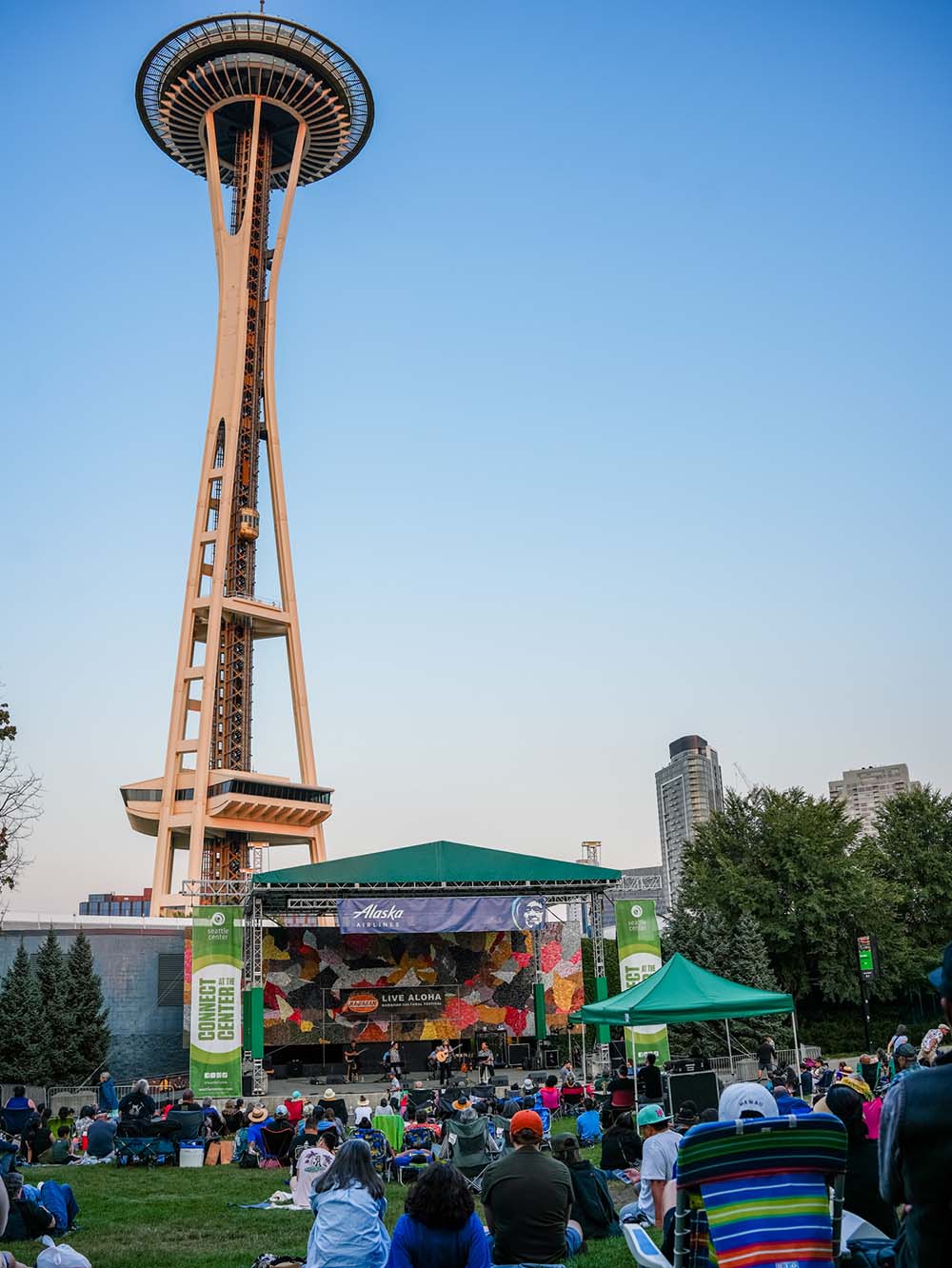
To stay connected with their heritage, many rely on classes like those taught by Solatorio, held during the annual Seattle Live Aloha Hawaiian Cultural Festival. These experiences offer a vital link to their identity as kānaka maoli, the indigenous people of Hawaiʻi.
“Hawaiian language is a part of the culture,” Solatorio explains. “It’s a part of the fabric of who we are as Hawaiian people.”
“I feel this inherent need to learn the language and do whatever I can to pass it along,” said Christina Harris, a participant in Solatorio’s class. Originally from O‘ahu, Harris now lives in Duvall, Washington. Though she studied the Hawaiian language as a child, she found herself growing disconnected from her culture as she grew older.

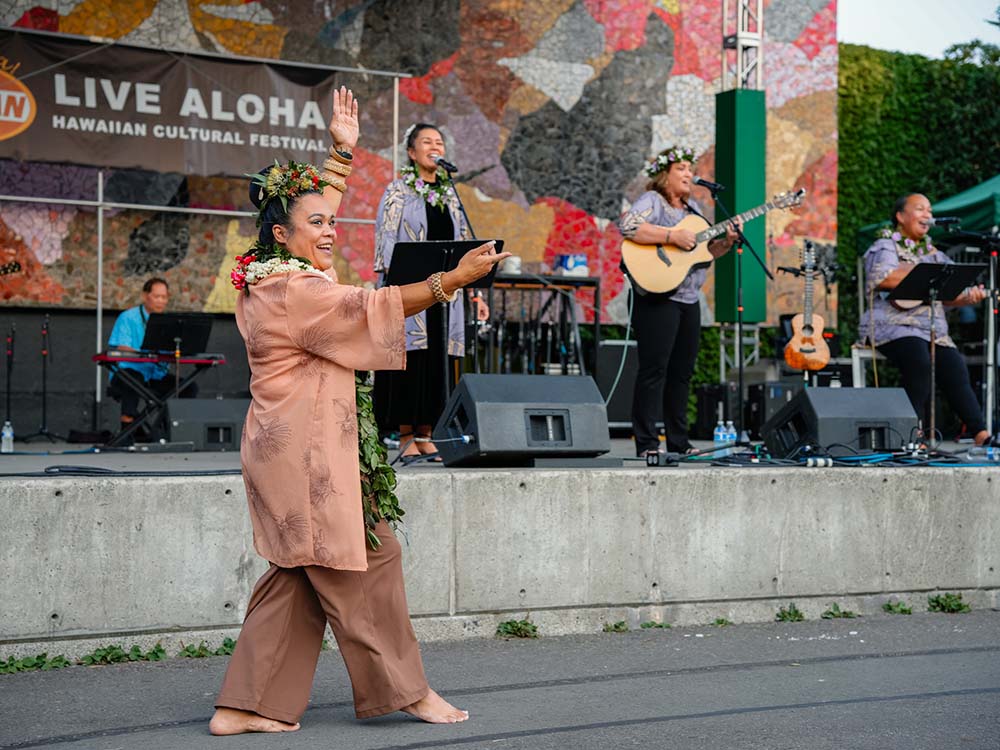
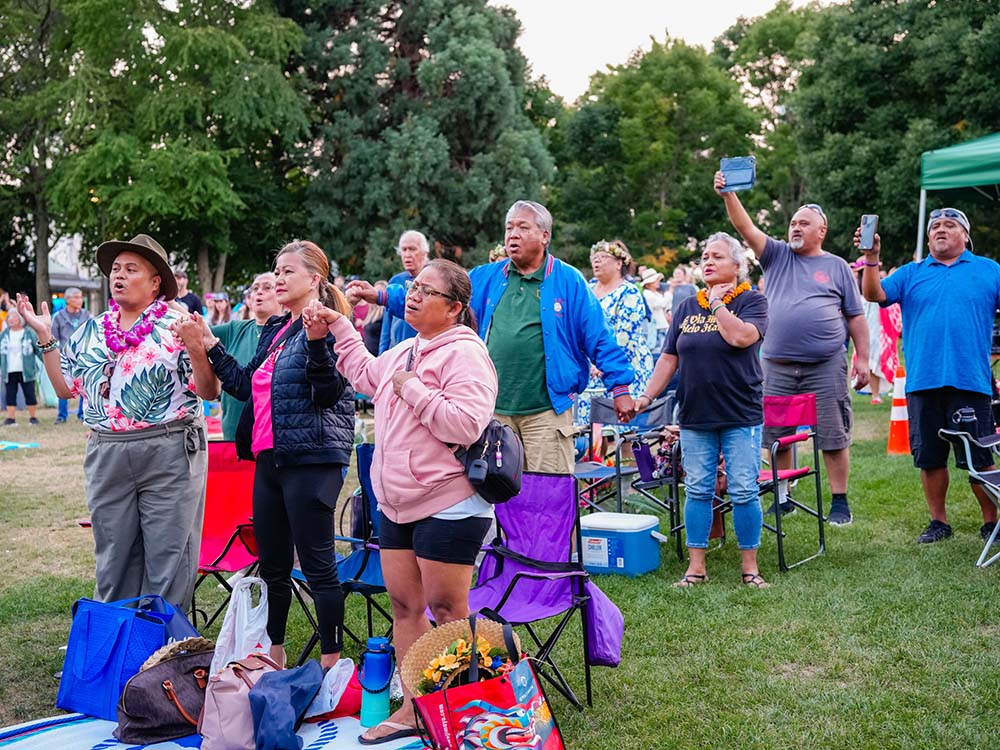
“I have kids in their 20s now and would love to teach them at least the basics,” she shared. “They’re very interested in learning more about their own heritage, too, because they were not raised in Hawaiʻi.”
In addition to Solatorio’s Hawaiian language class, the Live Aloha Festival featured lei making, Pacific Islander foods and crafts and entertainment by a variety of Washington-based hula halau (hula schools) and Na Leo Pilimehana, the world’s top-selling female Hawaiian music group. Alaska Airlines has supported the festival for more than a decade.
“Being here is really a chance to see our community in one location and meet them where they are,” said Lucy Purcell, co-founder of Alaska’s Pacific Islander Alliance, which supports employees and fosters Pacific Islander culture. “It’s also a chance to celebrate Hawaiʻi. It’s fun to see people wearing lei or eating the foods we’re used to eating.”
Benjamin Baker, whose family moved from Oʻahu to Washington state in the 1960s, sees the Live Aloha Festival as a chance to contribute to the perpetuation of Hawaiian culture.
“It’s embedded in me to continue the tradition, not only learning from my kupuna (elders), but passing it on to my children and grandchildren so that they will continue to learn where they came from—especially for those that were born here on the continent.”
Building New Connections
In partnership with Alaska Airlines, Solatorio travels up and down the West Coast teaching Hawaiian language classes, while also offering in-person and online lessons in Hawaiʻi.
Recently, Solatorio led four ‘Ōlelo Hawaiʻi classes in the Seattle area, including two for Alaska employees. Nearly 200 team members, both at Alaska’s corporate headquarters and online, joined his sessions, where he introduced the Hawaiian alphabet, essential pronunciation tips, and key phrases to help them learn the language.
“I had a really good time. I felt like I was smiling the whole time,” said Allison Sanchez, Associate HR Business Partner. “It feels like just the beginning and I’m hopeful that we will have more opportunities to learn about the Hawaiian culture.”

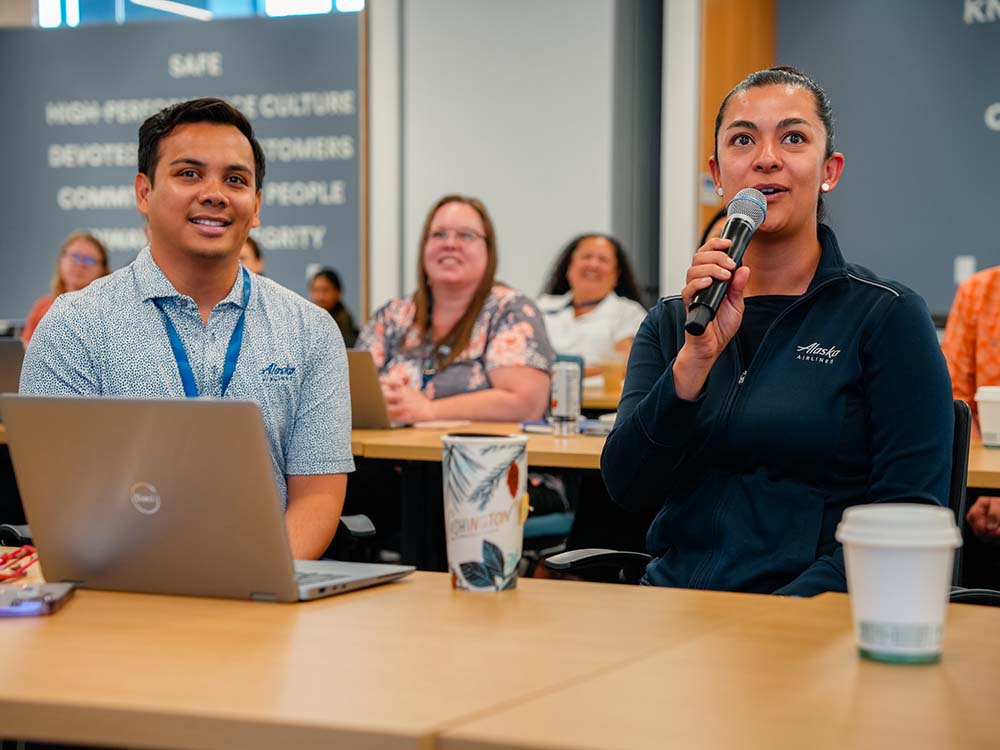
While Alaska has served Hawaiʻi since 2007, employees felt an added layer of responsibility to start learning more about the Hawaiian language because of Alaska’s proposed combination with Hawaiian Airlines, which is pending regulatory approval.
Shawn Magin, who helped coordinate the session, shared: “We hope our colleagues at Hawaiian Airlines know how much we value their rich culture and legacy. Both of our airlines maintain a great sense of pride in our unique heritages. If given the opportunity to combine, we want to fully understand, support and honor our counterparts in Hawaiʻi.”
For Solatorio, his classes and partnership with Alaska advance a broader movement of perpetuating Hawaiian language and culture.
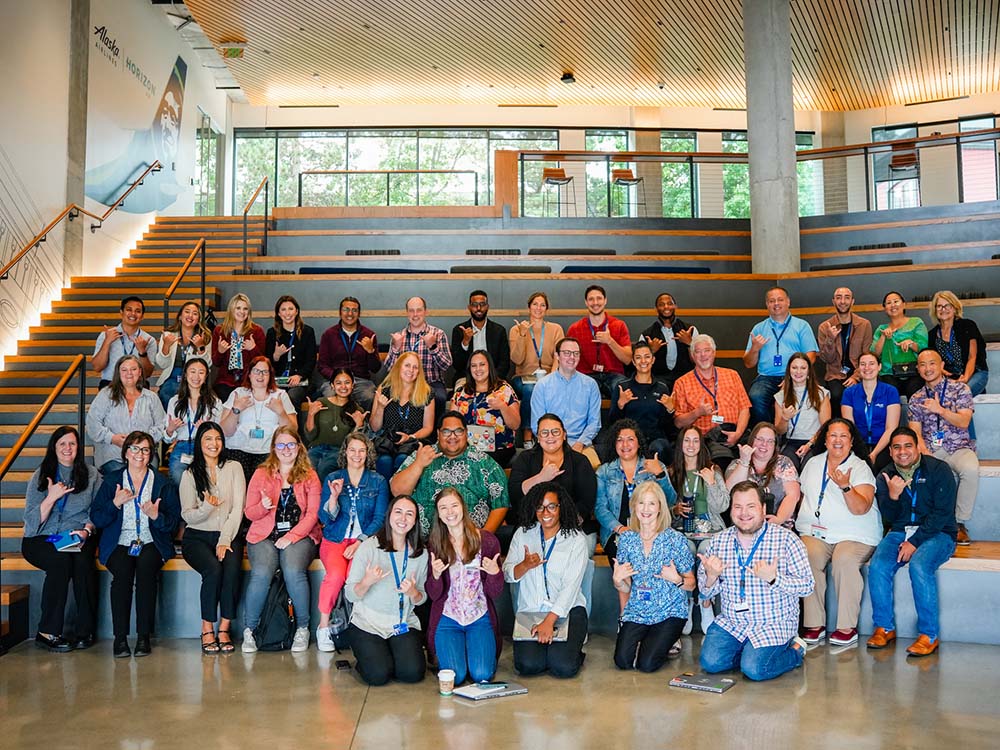
“Seeing ‘Ōlelo Hawaiʻi (Hawaiian language) being a part of a huge brand like Alaska Airlines, it’s giving me hope that ‘Ōlelo Hawaiʻi will be able to live and breathe and thrive throughout the world,” said Solatorio.

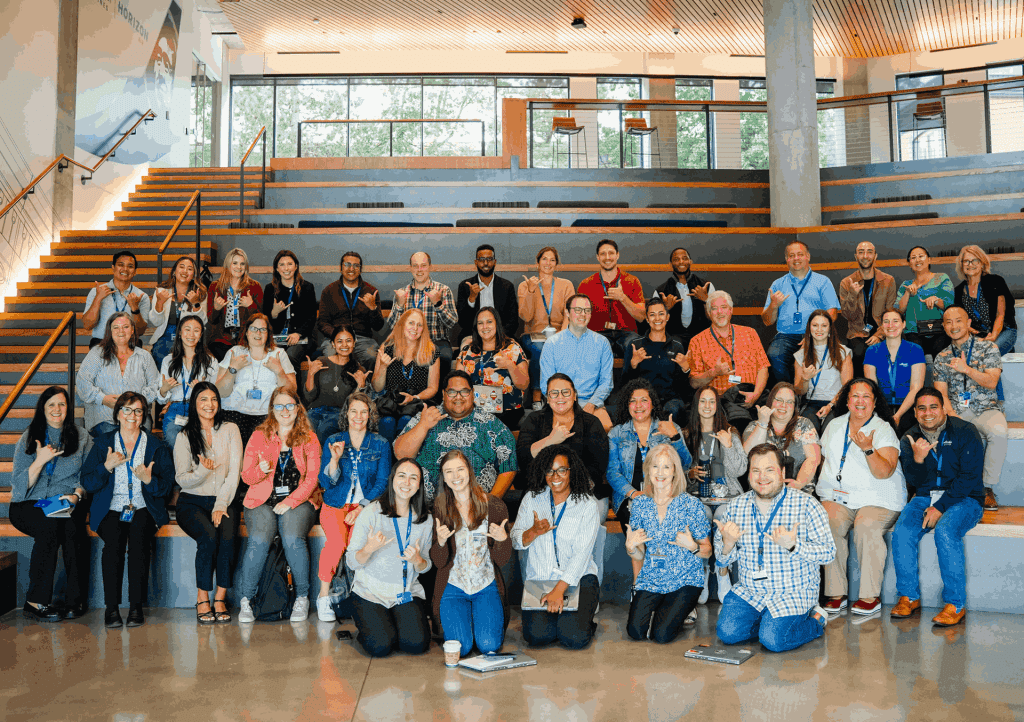
0 Comments